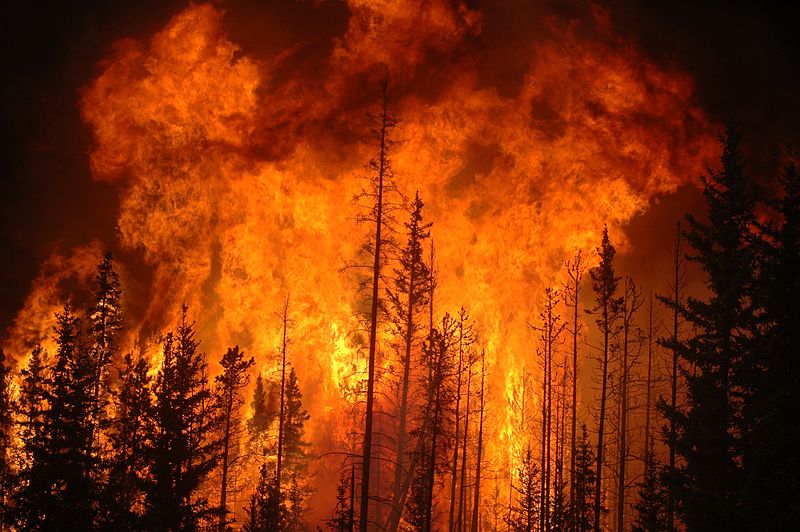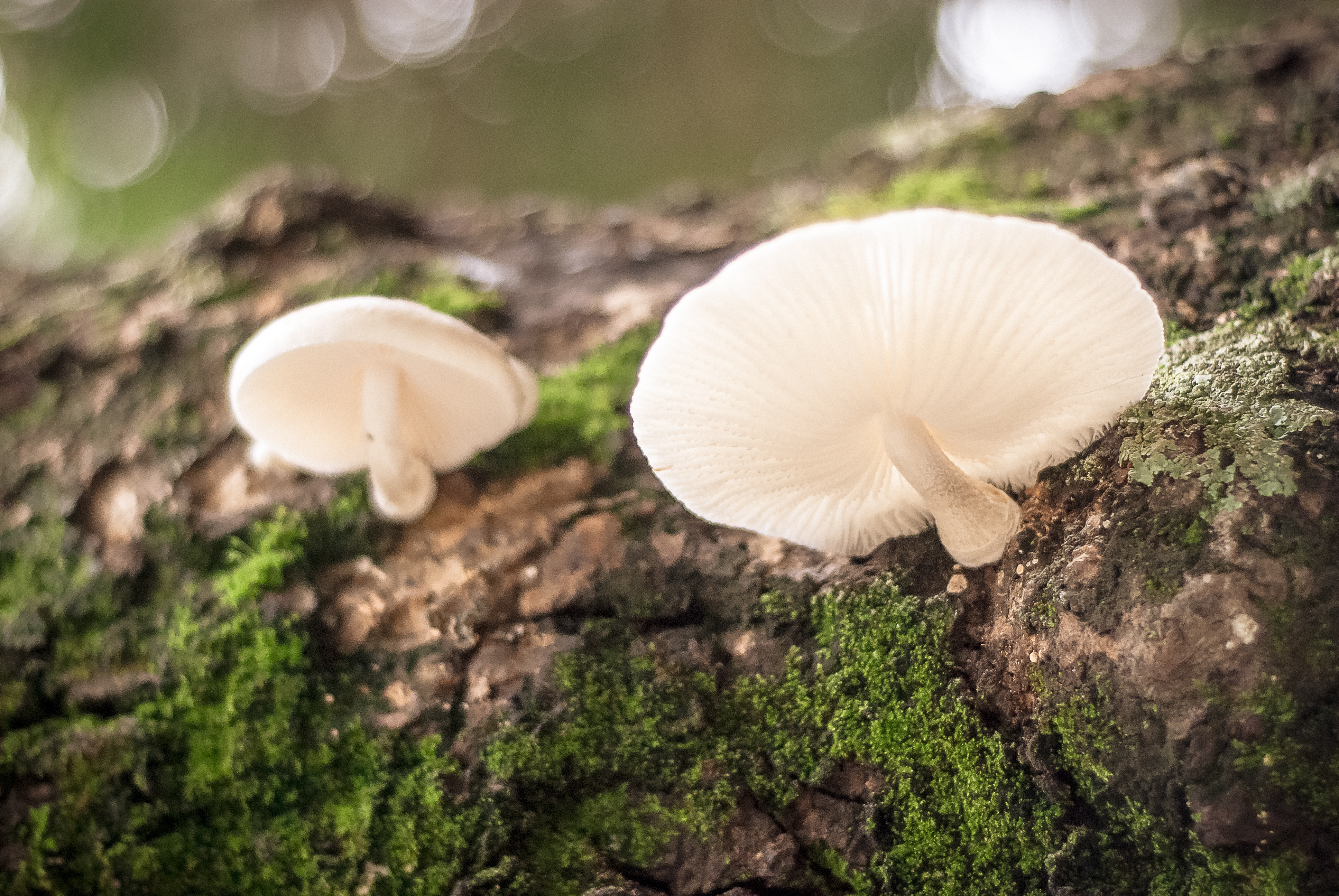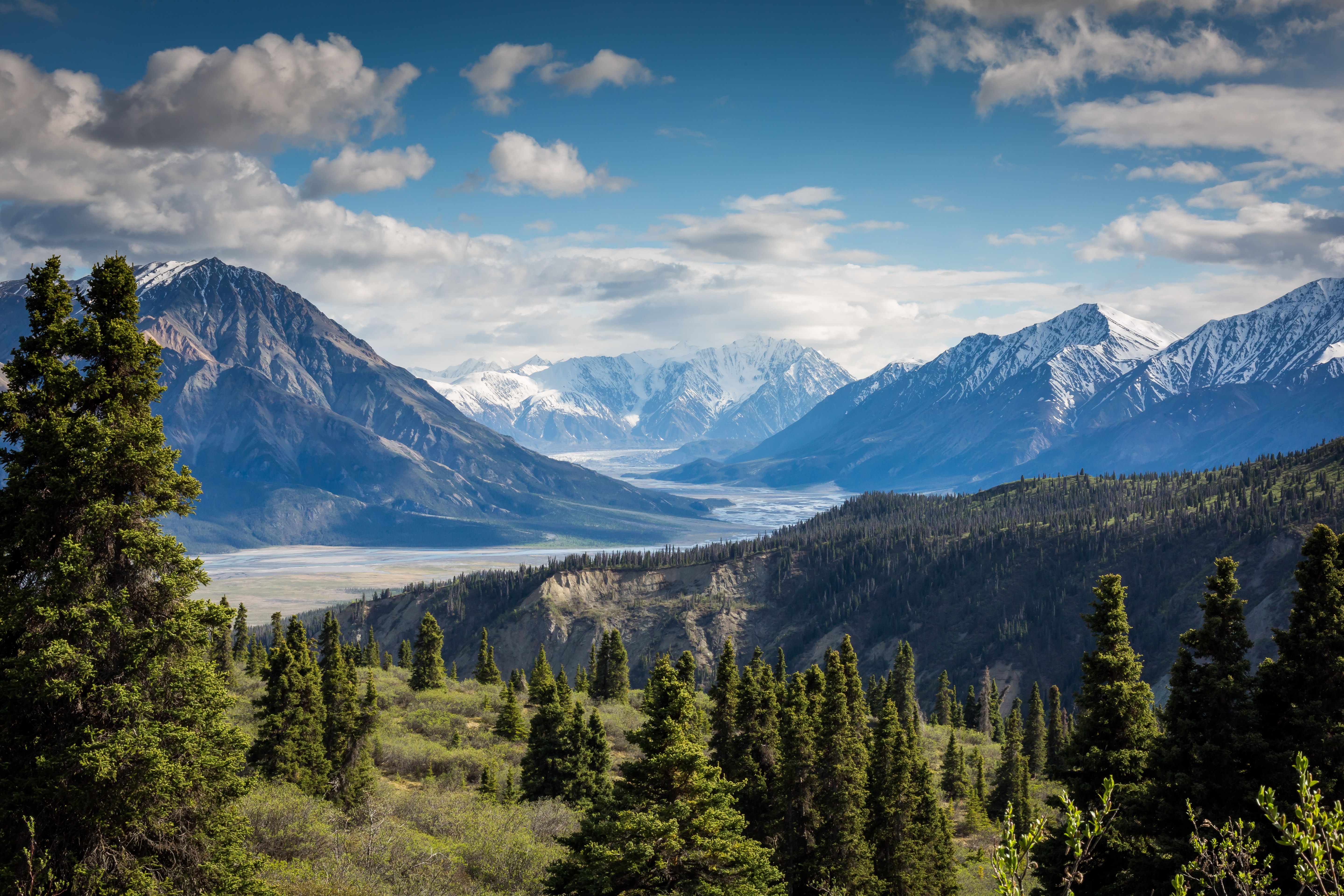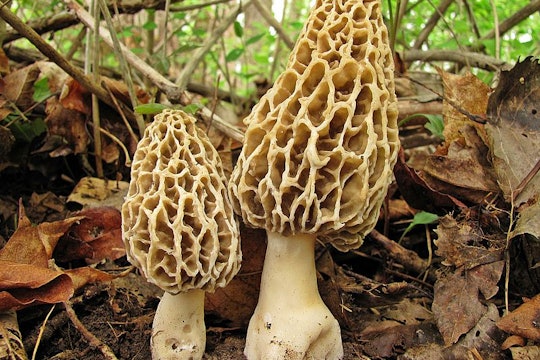Wildfires in Canada are burning down forests of mushrooms
Fungal communities are negatively affected by the frequent, intense forest fires that climate change has brought us
Wildfire season keeps getting worse. As more and more acres burn, charred skeletons of trees blanket the landscape and more human lives and livelihoods are threatened. The effect of wildfires has hit hard, with the 2019 fire season starting early in Alberta, Canada. There, ten thousand people had been evacuated by the end of May, and the effects of the smoke were felt across the country and into the United States. The fire season predictions for the American West are unparalleled in recent history, and point to a future with even more severe fires.
While the aboveground effects of wildfires have been devastating, new research suggests that damage is also occurring beneath the smoke and flames, impacting the diversity of fungal communities belowground.

This year has already seen severe wildfires in Alberta, Canada
A team of scientists from the Wilfrid Laurier University in Ontario, Canada surveyed the boreal forest in Canada’s Northwest Territory area after the 2014 fire, which burned 2.85 million hectares. This was the largest fire ever recorded in that area. They found that fungal communities, including mushrooms and mycorrhiza (a common symbiotic relationship between fungi and plant roots), in burned areas were less diverse than communities in unaffected areas. This could impact future plant growth and hamper the process of forest regeneration. “When the fires are very severe, it’s difficult to predict what might happen,” explains Dr. Nicola Day, one of the co-authors on the study.
Boreal forests are situated at northern latitudes and characterized by their cool climates and picturesque evergreen trees, with fire as a regular disturbance agent that helps maintain normal ecosystem function. But wildfires in Alberta have been increasing in severity and frequency. Many species of fungi have evolved to rely on fire in small quantities to grow, but the intensification of fires due to climate change may cause long-term effects on these delicate communities.
Some fungi in the boreal forests, like morel mushrooms, spring forth abundantly from the ground after wildfires, potentially because they prefer the chemistry and pH of burned soils. Others, like the aptly named genus Pyronema, rely on their ability to grow faster than their competitors to regenerate post-fire. But extreme repeated heat and fires can wear down an ecosystem's ability to recover from disturbances, even that of fire-adapted boreal forests. Recent studies have shown that mycorrhizas can wither post-fire and can take up to 15 years to recover, creating lasting effects even in a fire-adapted system.
The team of scientists behind this study sampled soil pH and total soil nitrogen and carbon in burned and unburned sites. Measuring these indicators of soil health was important because all of them influence fungal diversity. Within the burned sites, the team took samples from areas of different burn severity — characterized by the number of organic layers removed — to better understand exactly how fires impact soil fungi.

Fungi are an important, but often-overlooked, component of biodiversity
Photo by Ramamoorthy Kumar on Unsplash
The research team also sequenced DNA of fungal samples taken from the burned sites to identify which fungi were present. They used FUNGuild, a database where fungal identities can be matched with their functions, like the ability to act as a mycorrhiza, to encourage plant growth, or to participate in nutrient cycling. Determining both species type and ecological role constructs a more complete picture of the diversity and function of boreal forest fungi.
They found that changes in soil pH linked to the wildfire was the driving factor determining fungal community diversity. Increased fire severity also resulted in an overall decline in total forest fungi. These findings suggest that wildfires do affect belowground communities, and consequently will shape long-term growth patterns of Canada's boreal forests.
When we hear the word “forest” we tend to think of trees, but this research points to the importance of belowground biodiversity as an indicator of forest health. Fungal diversity, especially of mycorrhizal species, plays a key role in understory plant recovery post-fire, and lower fungi richness could lead to less speciose plant communities in the future.
There is an ongoing debate as to how many fungi species nature holds, with estimates ranging from 1-10 million species. “Mycologists have barely scratched the surface in terms of how many fungal species there are in the world,” Dr. Day commented, “let alone what they do and how they contribute to healthy ecosystems”.

Untold fungal diversity lies beneath these trees, and we need to understand more about it to preserve healthy ecosystems
Similar patterns have been found in Alaska post-fire, and further work is needed to describe the interactions between soil pH, fungal diversity, and fire across other areas. With increased incidences of wildfire and other climate change-related disturbances, more research is needed to examine the relationships between fungal diversity and forest health on a longer timeline and across different biomes.
The effects of climate change on forests are being recorded on both macro and micro scales, from trees to microbes. The term “biodiversity” has largely latched onto charismatic megafauna, but the crises extend across ecosystems and even to the relatively small, out-of-sight organisms like fungi. The loss of belowground diversity cannot be ignored, warns Dr. Day. “We don’t know the implications of fungal extinctions.”





A really interesting and relevant article that touches upon a number of important points. I also like the way this study incorporates multiple aspects of biology: not just the mushrooms themselves, but the characteristics of the soil and even computer programming (to access DNA databases and, presumably, analyze the soil components they found.)